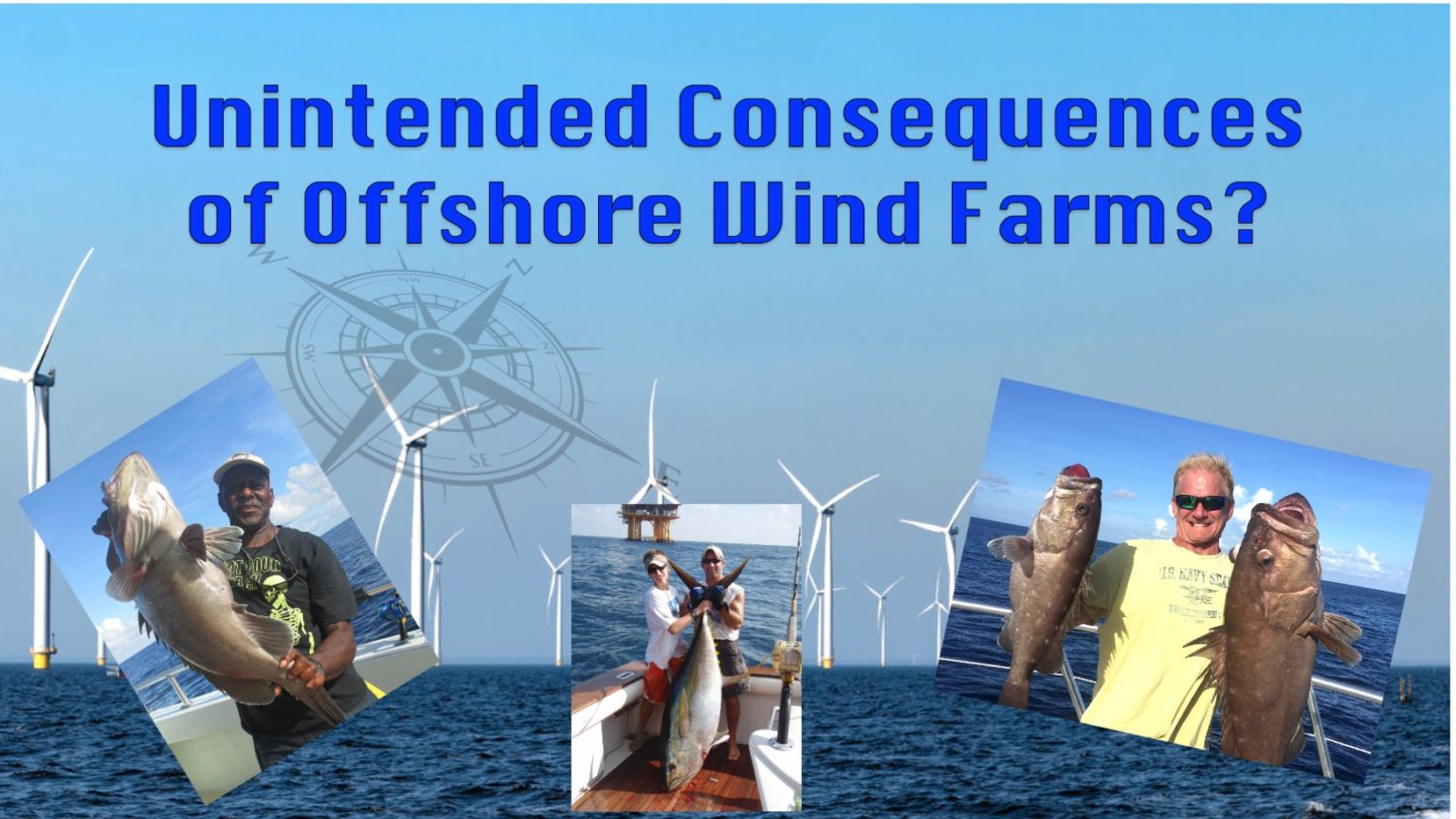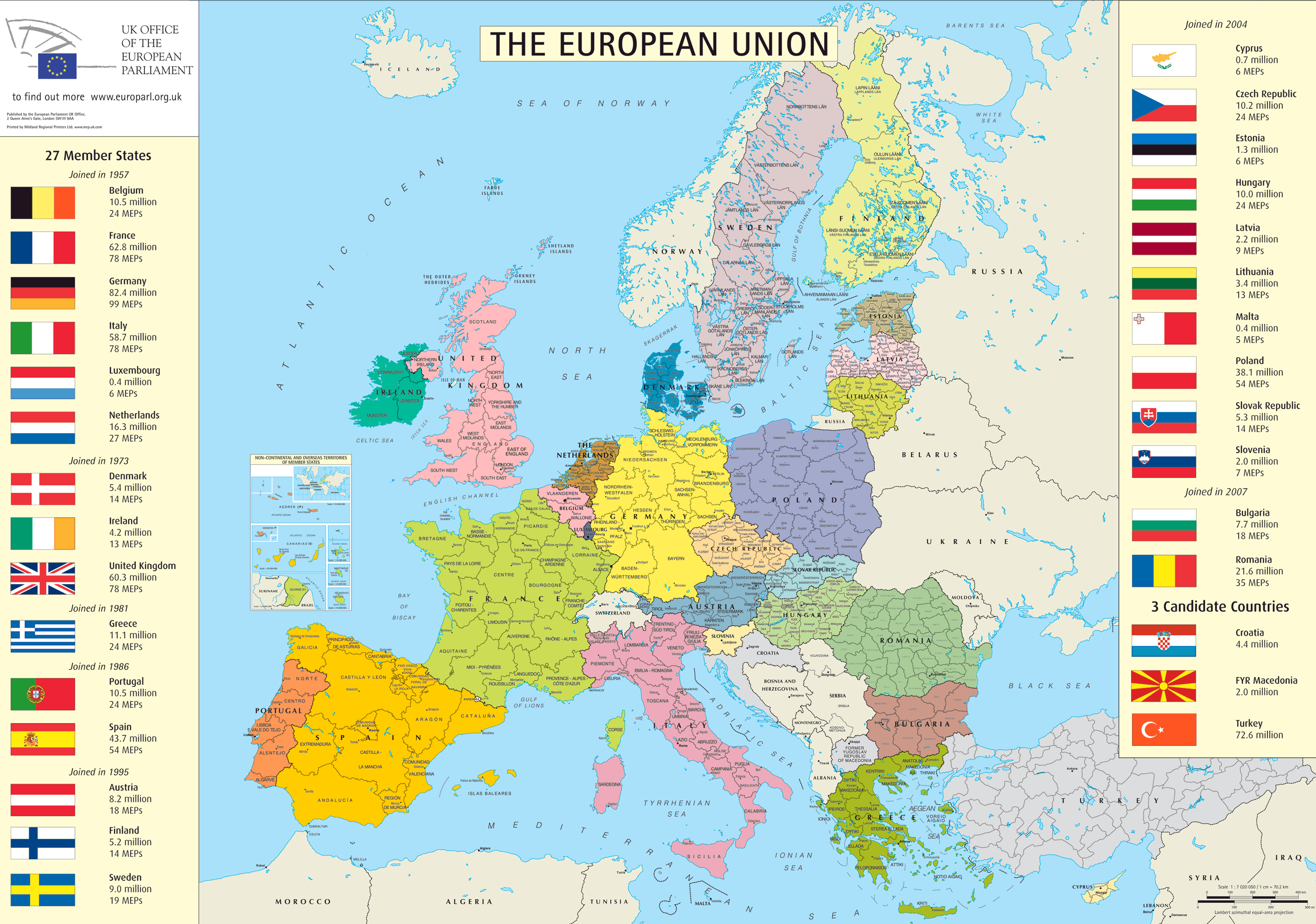Are Expensive Offshore Wind Farms Becoming Unviable?

Table of Contents
Soaring Construction and Installation Costs
The sheer scale and complexity of offshore wind farm development contribute significantly to their high cost. Several key factors drive up expenses:
- Specialized Vessels and Equipment: Constructing and maintaining offshore wind farms demands specialized vessels, including expensive jack-up barges and highly specialized turbine installation vessels. These require substantial upfront investment and ongoing operational costs. The cost of chartering these vessels alone can represent a significant portion of the total project budget.
- Deepwater Foundation Construction: Deepwater foundation construction presents significant engineering challenges. The need for robust, durable foundations capable of withstanding harsh marine environments necessitates complex designs and high-quality, often expensive, materials like steel and concrete.
- Subsea Cable Installation: Installing and maintaining the subsea cables that connect the turbines to the onshore grid is another costly undertaking. This process requires specialized vessels and skilled personnel, adding to both the upfront investment and the long-term operational expenditure. Laying cables in challenging seabed conditions can lead to significant delays and cost overruns.
- Permitting and Regulatory Hurdles: Navigating the complex permitting and regulatory processes involved in offshore wind farm development adds substantial time and expense. Environmental impact assessments, consultations with stakeholders, and navigating various governmental approvals can significantly delay projects and drive up costs. The lengthy approval processes often lead to increased financing costs and project uncertainties. For example, the Vineyard Wind project in Massachusetts faced years of delays due to regulatory hurdles, contributing significantly to its final cost.
Challenges in Financing and Investment
Securing funding for large-scale offshore wind projects is incredibly challenging due to the substantial upfront capital investment required. Several factors influence financing:
- High Upfront Capital Expenditure: The immense capital required for development, construction, and installation acts as a major barrier to entry for many investors. This significant initial investment makes these projects high-risk ventures.
- Government Subsidies and their Limitations: While government subsidies and tax incentives play a crucial role in making these projects financially feasible, their availability and level can be unpredictable. Changes in government policies can drastically affect a project's financial viability.
- Investor Risk Tolerance and Energy Price Fluctuations: Investors are naturally hesitant to commit large sums of money to projects with lengthy timelines and uncertain returns. Fluctuations in energy prices further complicate risk assessments, making it difficult to predict long-term profitability.
- Further financing difficulties:
- Difficulties in attracting private investors due to perceived risks.
- Intense competition for capital among renewable energy projects.
- Dependence on long-term government support for financial stability.
- Stringent credit risk assessments by financial institutions.
Environmental Concerns and Opposition
The environmental impact of offshore wind farms raises concerns and can lead to costly delays and opposition:
- Effects on Marine Life: Noise pollution from construction activities and turbine operation can disrupt marine mammal behavior, while habitat disruption caused by construction can affect various species. Extensive environmental impact assessments are crucial, but these add to project costs.
- Visual Impact and Public Opposition: The visual impact of large wind farms can cause aesthetic concerns among coastal communities. Public opposition and legal challenges arising from these concerns can lead to protracted delays and increased legal fees.
- Alternative Energy Sources: The cost-effectiveness of offshore wind must be weighed against other renewable energy sources like solar and onshore wind, which may offer a lower cost of energy generation in some regions.
- Further Environmental considerations:
- Detailed marine mammal studies to mitigate potential impacts.
- Comprehensive bird strike risk analysis to protect avian populations.
- Extensive community consultations to address public concerns.
- Potential for lengthy permitting delays due to environmental regulations.
Technological Advancements and Cost Reduction Strategies
Technological innovation holds the key to making expensive offshore wind farms more competitive:
- Larger Turbine Sizes: Economies of scale are achievable through the development and deployment of larger, more powerful turbines, which can significantly reduce the cost per unit of energy generated.
- Improved Foundation Designs: Innovative foundation designs, such as monopiles with optimized geometry or floating platforms, can decrease material usage and construction time, lowering overall costs.
- Automated Installation Techniques: Automated installation methods can reduce reliance on manual labor, thereby minimizing labor costs and improving efficiency.
- Advancements in Cable Technology: Improvements in cable technology, such as more efficient and durable materials, can reduce cable installation and maintenance costs. Research into advanced materials and cable laying techniques could significantly lower these expenses.
Conclusion: The Future of Expensive Offshore Wind Farms
The economic viability of expensive offshore wind farms hinges on addressing the challenges outlined above. While the environmental benefits are undeniable, achieving widespread adoption requires a focus on cost reduction through technological innovation, streamlined regulatory processes, and secure, long-term financing models. A balanced approach, recognizing the importance of both environmental sustainability and economic feasibility, is crucial for the future of this vital renewable energy source. Continue researching the topic of expensive offshore wind farms and engage in informed discussions about the future of renewable energy. Explore further research into innovative cost-reduction strategies and sustainable financing models for offshore wind projects, ensuring a responsible and economically viable transition to cleaner energy.

Featured Posts
-
 Airbus Tariff On Us Airlines A Breakdown Of The Implications
May 03, 2025
Airbus Tariff On Us Airlines A Breakdown Of The Implications
May 03, 2025 -
 Unlocking Cody Rhodes And The Undertaker Fortnite Skins A Complete Guide
May 03, 2025
Unlocking Cody Rhodes And The Undertaker Fortnite Skins A Complete Guide
May 03, 2025 -
 Farages Zelenskyy Remarks A Political Controversy In The Uk
May 03, 2025
Farages Zelenskyy Remarks A Political Controversy In The Uk
May 03, 2025 -
 Justice Department Ends School Desegregation Order What This Means For Schools
May 03, 2025
Justice Department Ends School Desegregation Order What This Means For Schools
May 03, 2025 -
 V Mware Costs To Soar 1 050 At And Ts Reaction To Broadcoms Price Hike
May 03, 2025
V Mware Costs To Soar 1 050 At And Ts Reaction To Broadcoms Price Hike
May 03, 2025
Latest Posts
-
 Stratejik Avrupa Is Birligi Oenemli Adimlar
May 03, 2025
Stratejik Avrupa Is Birligi Oenemli Adimlar
May 03, 2025 -
 Avrupa Ile Is Birliginin Gelecegi
May 03, 2025
Avrupa Ile Is Birliginin Gelecegi
May 03, 2025 -
 Sulm Me Thike Ne Qender Tregtare Te Cekise Detajet E Ngjarjes
May 03, 2025
Sulm Me Thike Ne Qender Tregtare Te Cekise Detajet E Ngjarjes
May 03, 2025 -
 10 Year Old Girl Too Good For This World Dies On Rugby Pitch A Communitys Grief
May 03, 2025
10 Year Old Girl Too Good For This World Dies On Rugby Pitch A Communitys Grief
May 03, 2025 -
 Gueclendirilen Avrupa Is Birligi Son Gelismeler Ve Analizler
May 03, 2025
Gueclendirilen Avrupa Is Birligi Son Gelismeler Ve Analizler
May 03, 2025
